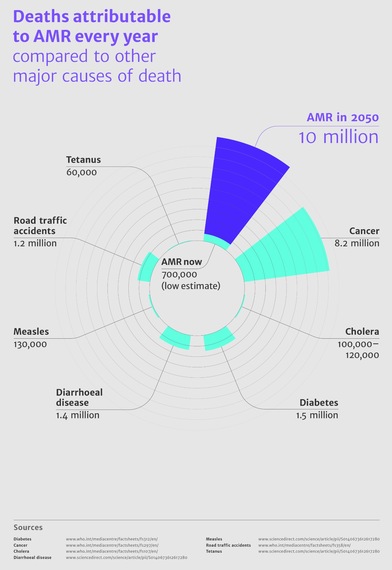Dear all, below is URL, verbatim text & images of my recently published piece on US media website Modern Notion where I'm a Science Writer. This piece is on how Russia is planning to propose building a new space station with China & India once International Space Station (ISS) retires.
http://modernnotion.com/russia-building-orbital-space-station-china-india/
http://modernnotion.com/russia-building-orbital-space-station-china-india/
International Space Station (ISS); Courtesy: Gray Lensman QX & Modern Notion
Russia may propose the joint development of a manned
orbital space station in low Earth orbit (LEO) with China
and India in the upcoming BRICS summit in Ufa, Russia, this
coming July. A document released by the Russian Military Industrial
Commission, the apex body controlling all Russian weapons and defense
technology development, has strongly recommended that Russia push for a manned
space collaboration with China and India to forge lasting “technological
alliances.”
The ISS, the 15-nation operation, launched in 1998 is meant
to wrap up in 2020. While NASA has proposed extending the program another
four years, political tensions are once again at a high, making the exact
future of the ISS unclear.
Although Russia spends 30
percent of its defense budget on ISS, it has little
returns; ISS covers only five percent of Russian territory. And since
2007, Russia has leaked bits and pieces of a possible manned orbital station
for when the ISS is retired.
In 2008, the first detailed concept of a new Russian station
revealed that instead of a research lab, like the current ISS, the new station
would function as an assembly point for
missions to the Moon and Mars.
In 2014, Russia signed an agreement with China to work together in
space technology applications, and global speculation was rife with thoughts
that Russia would abandon its space initiatives with the West to
solely work with China on anew orbital
station. But the director
of Roscosmos, the Russian space agency, clarified that
Russia will continue to use the ISS beyond 2020, but that its focus
will shift toward cooperating with China and their space stations.
Experts have long held, however, that since modules of
the Chinese space station, its rockets and even its space suits are
all derived from Russian technology, Russia has little to gain from China in
terms of space technology.
In December 2014, Russian space officials also confirmed that
instead of a separate space station from scratch, current and future Russian
modules of ISS can work as independent orbiting units and can
be assembled to act as the Russian successor to ISS.
While India appears to be the surprise new piece in this puzzle,
Russia’s long term strategic interests and recent developments may have
compelled the move. India has been Russia’s biggest
arms and space technology buyer but was never considered by
Russia for big ticket space projects.
It’s very likely that Western sanctions against Russia over the
Ukraine crisis and Russia’s creaking economy could have precipitated this new
development. Again, ties between India and US are growing in
defense and space technology. China also remains wary of Russia’s
competence following the 2011 aborted launch of the Russian Mars probe
Phobos-Grunt with a Chinese
micro-satellite installed on it.
Global politics can be muddy. Add in the element of space, and
things get even murkier. Looks like we’ll have to wait until the July BRICS
summit to see what direction the emerging space frontier in Asia and
Russia is heading.


